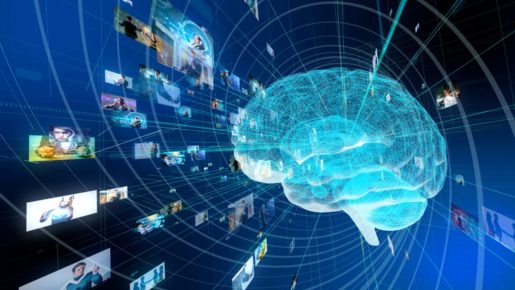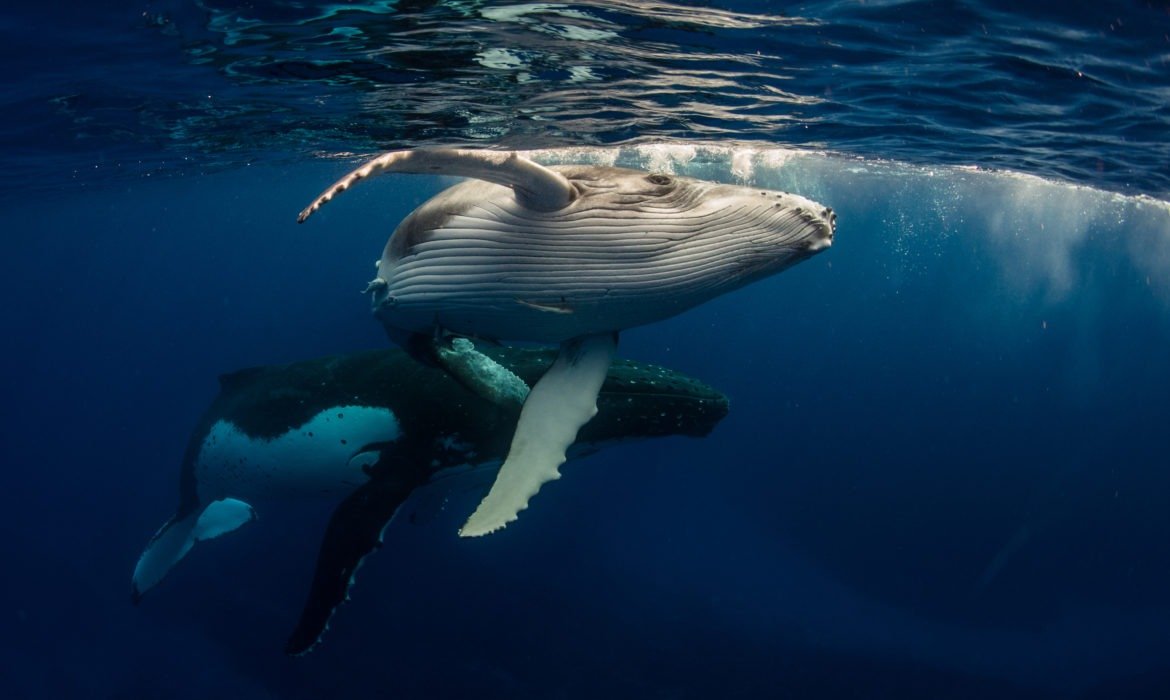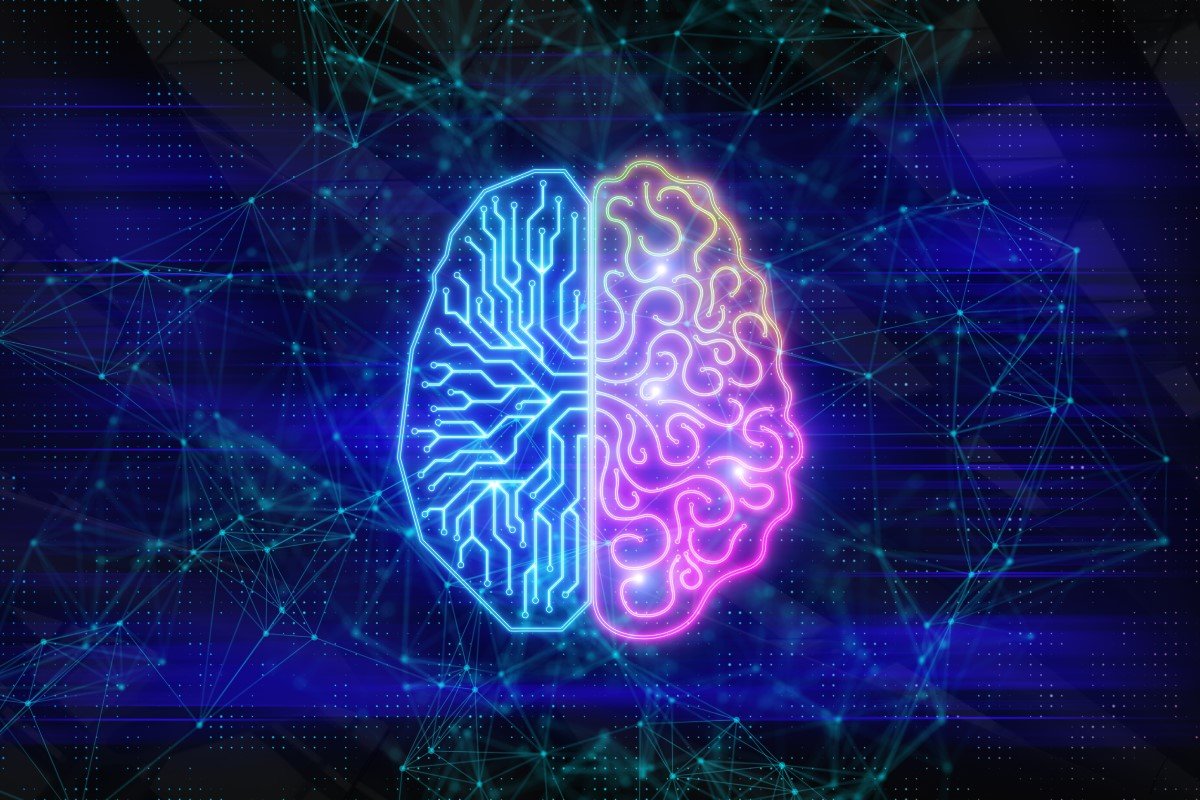Studying the planet’s most significant bodies of water, machine-learning applications proved to be very useful to the scientific community. Imagine that you had, from the Pacific Ocean, one hundred eighty thousand hours of underwater recording. Moreover, imagine that you had to know where and when humpback whales were singing in all those hours.
Ann Allen is, at the National Oceanic and Atmospheric Administration, a research ecologist. She researched that issue.
She approached Google in January 2018. Allen asked if they could be able to help her find the signal of humpback whale songs amid all other ocean noise, like ship engines or dolphin calls. In the 10 hours of annotated data. Their whale songs and differing sounds were identified.
The engineers at Google trained a neural network for detecting the songs. Julie Cattiau is a product manager at Google. She said that neural networks were based on a model to recognize sounds in YouTube videos.
Doctor Allen had a model for identifying humpback whale songs about nine months later. Moreover, Allen used this in research on the appearance of the species in islands in the Pacific and how they could change over the last decade. To help Canada’s Department of Oceans and Fisheries, Google used a similar algorithm. They helped the department with real-time monitoring of the population of the endangered Southern Resident Orca, which is now down to around 70 animals.
Thus, Artificial intelligence and machine learning applications proved to be useful in the ocean. In the sea, there are both massive bits of data – deep depths, broad surfaces. Moreover, there is not enough data, and it is costly and not necessarily useful for collecting samples of any kind from all over.
Humpback Whales
Thus, climate change is making machine learning much more valuable as well. The vast data that is available to scientists is not necessarily accurate anymore. This is because animals move their habitats, currents shift, and temperatures rise. Moreover, managing populations becomes even more critical, as species move.

The endangered North Atlantic right whale’s population has fallen to around 400. It is one animal that can benefit from technologically advanced monitoring. This is probably because of warming temperatures. Those whales from their traditional habitat of the Gulf of Maine moved to the Gulf of Saint Lawrence in Canada. Coinciding that shift, NOAA termed it an “unusual mortality event.” This is because there is information that 30 whales died from 2017 – 9 in the United States and 21 in Canada. Most of those deaths happened from getting tangled in fishing equipment or ship strikes.
Moreover, in defense of the whale scientists, they need to know where they are. That is what the New England Aquarium and Charles Stark Draper Laboratory are doing. They call it “counting whales from space.” They are training an algorithm of machine learning to create a probability model of where the whales might be. They do it by taking data from ocean currents, human sightings, radar, sonar, satellites, and more. With such kind of information, local, state, and federal authorities can make decisions about fishing, speeds, and shipping lanes more quickly.
















